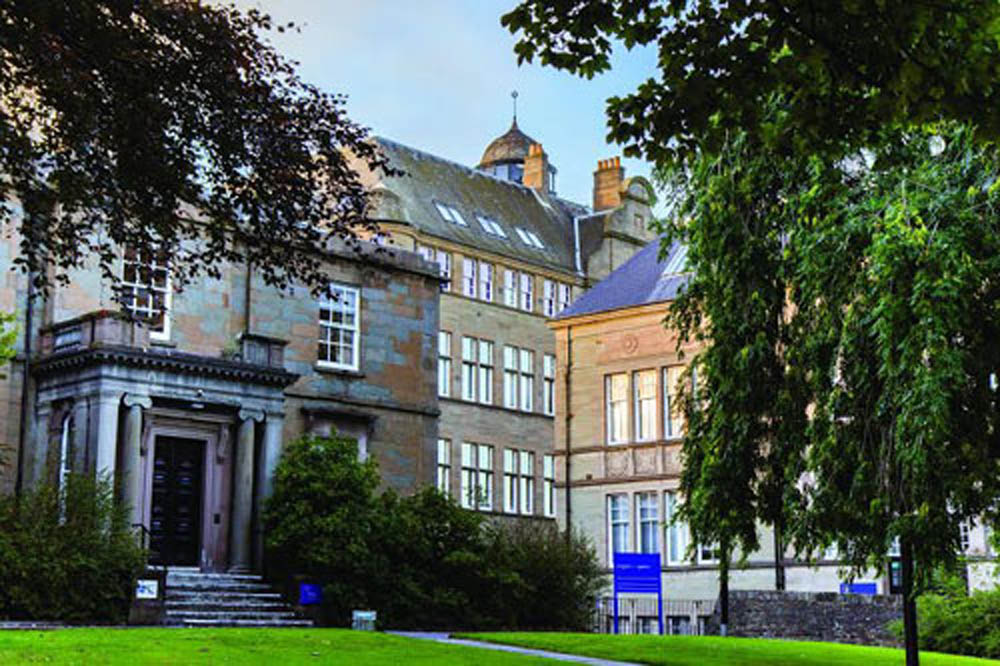SCOTLAND’S top forensic scientist has revealed that her Saturday job in a butcher’s helped inspire her career dealing with the dead.
Professor Sue Black has been employed by the foreign office and the United Nations to investigate war crimes and natural disasters from Kosovo to Sierra Leone, Iraq, Grenada and Thailand.
But she says it was her teenage experience working in a farm shop butcher’s near Inverness that taught her “the beauty…under the skin”.
Prof Black, now the head of anatomy at the University of Dundee, said she started in the fruit and vegetable section of the farm shop but disliked the dirt and mice and asked to work with meat.
Inverness-born and -raised Prof Black said: “My friend Susan got a job at Balnafettack Farm just outside Inverness in their farm shop.
“I thought at the age of 13 that it was time I started to earn my way in the world and asked if I could get a job too.
“I worked in the vegetable barn at the farm shop for two weeks and hated it. I hated the fact that it was so dirty.
“I was never destined to be a soil scientist or an archaeologist. Also they had mice in the barn – and I am terrified of rodents. So asked if I could be moved across the farmyard to the butcher’s shop.”

She added: “My father was a great shot and so I was used to dealing with animals – skinning, gutting et cetera and so a job was a job.
“I earned £6 a day and £3 of that went to my mother for my board and lodging. I worked there every Saturday and every holiday until I left to go to university at the age of 17.
“I loved the job and I started to learn about bones, about muscle about the beauty that lies in the corporeal form – under the skin.”
“It was there I became familiar with seeing muscle and blood and bone.”
Prof Black said a school teacher encouraged her to take the next step and formally study the subject.
“The choice to study biology was as a result of my biology teacher Dr Fraser,” she said. “I loved the way he taught and I found him to be so inspirational.
“He sent me to Raigmore Hospital [in Inverness] for work experience to be a medical laboratory technician. And that was what I decided I wanted to do. The power of a teacher to influence and inspire.
“At university I wasn’t a particularly good student and didn’t enjoy the subjects that I was learning. At the end of second year my choices were botany or anatomy. I found the botanist that I spoke with so dull, that my choice was anatomy.
“Nothing more decisive that than. However when I entered anatomy I found I was back to being fascinated with what lay beneath the skin and so the groundwork laid in the butcher shop translated into human anatomy.
“The acclimatisation for anatomy happened in the butcher’s shop and the acclimatisation for forensics happened in anatomy – it was a natural progression.”
Prof. Black attended the University of Aberdeen from 1982 to 1986 – and was awarded both her undergraduate and doctorate degrees from the institution.
In 1987 she began to teach at St Thomas’ Hospital in London, and began to work as a forensic anthropologist.
Despite her aversion to dirt, from 1992 to 2003 she worked in the field, and in 1999 she was the lead forensic expert for the British team charged with analysing war graves in Kosovo.
Her job was to find out whether the physical evidence matched the stories of those who had survived the massacres – requiring her to sift through sift through burnt, maggot-infested remains which had been partly eaten by dogs.
She also travelled to Sierra Leone and Grenada in this time, and in 2003 she did two tours of war torn Iraq.
She has also worked in the aftermath of natural disasters – including the 2006 Thai tsunami.
She was awarded an OBE in 2001.
The farm and shop in which she worked outside Inverness is now closed, with the land redeveloped into housing.

